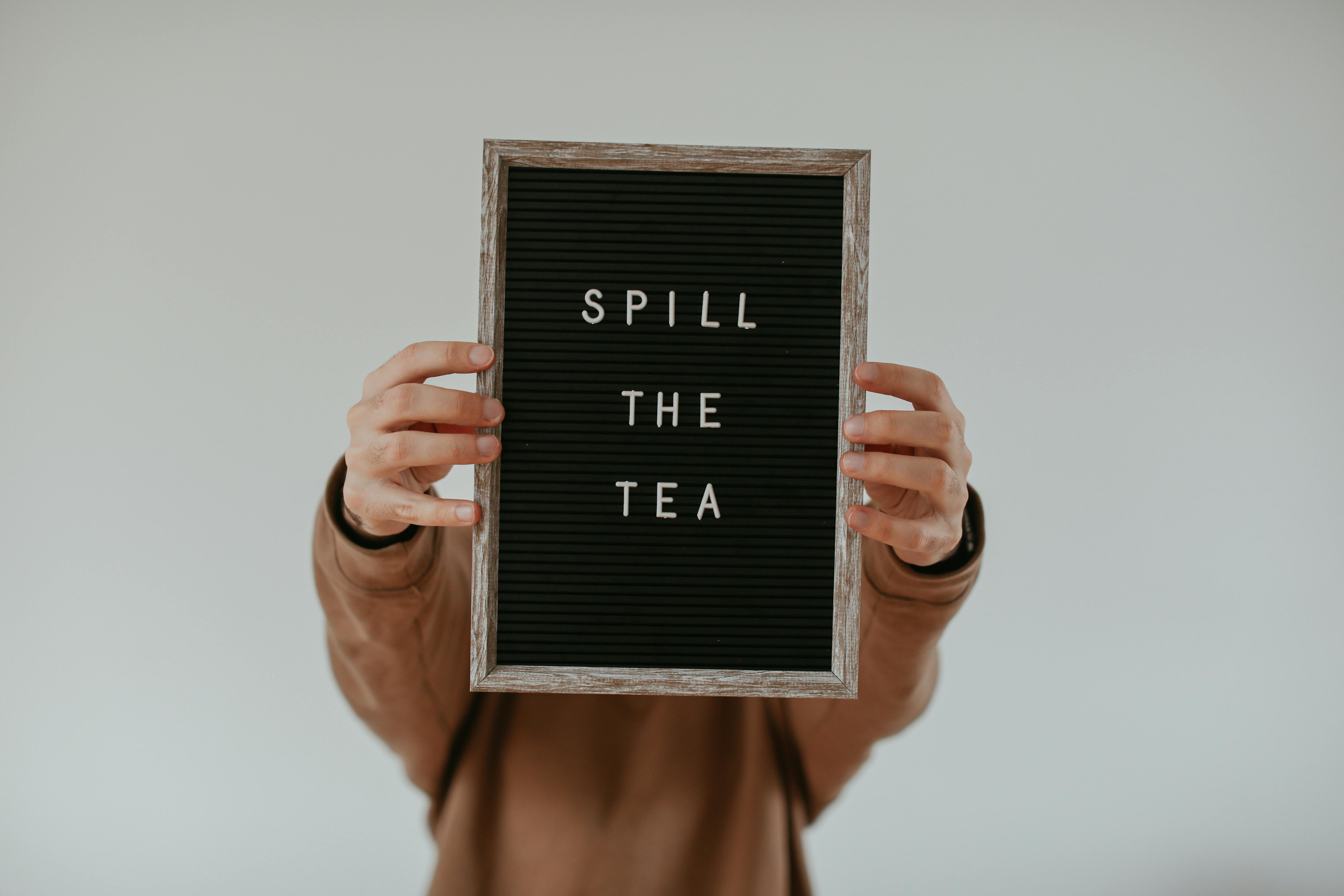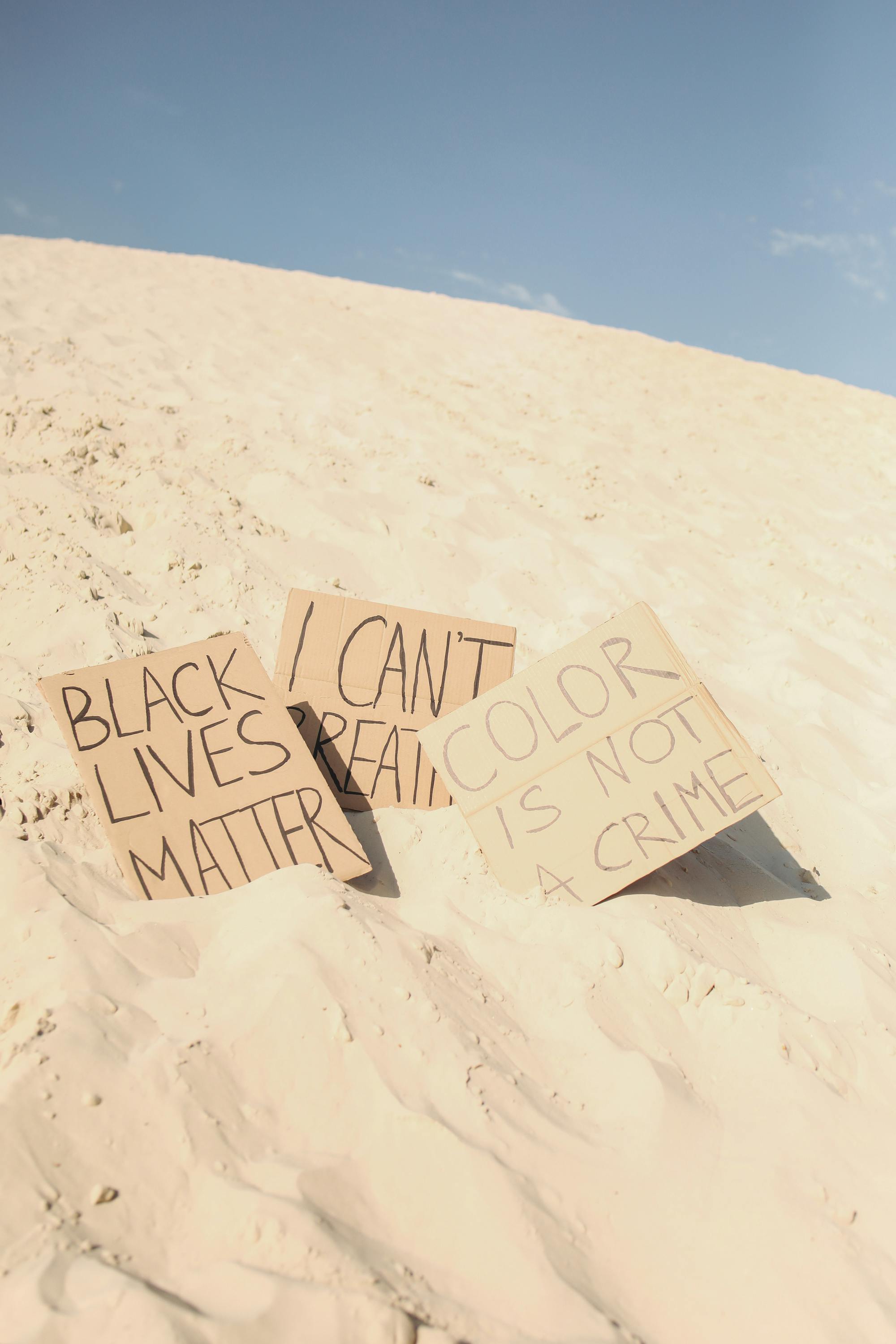
Apply Now


Effective Ways to Prevent Nose Piercing Closure in 2025
Nose piercings are a popular form of self-expression, but they require attentive care to prevent complications such as closure. Understanding the healing process and what factors affect nose piercing closure duration is crucial for anyone sporting a new stud or hoop. The healing time frames for nose piercings can vary significantly based on several variables, including the type of jewelry used and personal body responses. This article will guide you through effective practices to maintain your nose piercing and prevent it from closing prematurely. We’ll cover the average nose piercing closing time, the healing stages, aftercare essentials, and discuss what to do if your piercing begins to close. By familiarizing yourself with nose piercing care tips and understanding the signs of a closing piercing, you can enjoy your beautiful jewelry without the worry of it disappearing. Key takeaways include practical advice on jewelry selection and hygiene maintenance, so you can achieve complete healing for your nose piercing while minimizing risks.Understanding Nose Piercing Healing Stages
As a new nose piercing goes through its healing phases, it's important to recognize the typical timeline. Typically, the healing duration ranges from a few weeks to several months, depending on various factors such as age, skin type, and lifestyle.Initial Healing Phase
The initial healing phase occurs typically during the first two weeks post-piercing. During this time, the body works diligently to minimize bleeding and begin the healing process. Expect to experience some swelling, tenderness, or minor discomfort as the body reacts to the new jewelry. It's essential during this period to avoid touching or twisting the jewelry, as this can cause irritation and delay healing.Intermediate Healing Phase
Following the initial healing, the intermediate phase can take anywhere from weeks to months. At this point, most swelling and tenderness should subside, but care is still crucial. This is when people often encounter signs of a closing nose piercing if proper care is neglected. Maintaining good hygiene by cleaning the area with saline solutions regularly helps promote healing.Final Healing Phase
The final phase of healing can take up to six months or longer. While the external tissue may appear healed, the inner layers may still be developing. During this time, patience is key. It's also vital to avoid changing jewelry too soon, as this could disrupt the healing process and cause complications. This understanding of the healing process leads us to discuss how to care for a new nose piercing properly.
Proper Care for Nose Piercings
To ensure a smooth healing journey, proper care for nose piercings is essential. Understanding what to do and what to avoid can significantly impact the outcome of your piercing experience.Hygiene Practices
Good hygiene is the cornerstone of effective nose piercing aftercare. It's crucial to clean the piercing regularly with saline or non-alcoholic solutions that are gentle on the skin. Always wash your hands before touching your face to prevent introducing bacteria.Recommended Products for Nose Piercing Care
Investing in high-quality, hypoallergenic nose jewelry is crucial. Employing materials such as titanium or surgical-grade stainless steel can reduce the risk of allergic reactions. Additionally, consider using specialized healing ointments recommended by professional piercers to support the healing process.Signs of Healthy and Problematic Healing
Being aware of the signs of healing versus problematic signs is vital. Normal healing will typically be associated with less swelling and redness, while ongoing pain, heavy swelling, or discharge can indicate an infection. If you observe these symptoms, consult a professional piercer or healthcare provider. Correct maintenance of your piercings can diminish healing time significantly and help avoid issues. Next, let’s explore the factors influencing how fast do nose piercings heal.Factors Influencing Nose Piercing Healing
Several elements can contribute to the success or delays in the healing process for nostril piercings. From individual health factors to environmental influences, understanding these elements can empower you to minimize risks.Influence of Body Health
Your overall health plays a significant role in how quickly any piercing heals. Factors such as pre-existing conditions, diet, and stress levels can impact your body's healing capabilities. Engaging in healthy lifestyle choices and ensuring a well-balanced diet rich in vitamins can promote faster healing.Jewelry Material Impact
The choice of jewelry material significantly influences healing time. Materials such as nickel can cause allergies and delay the healing process, while high-quality stainless steel or titanium can facilitate a comfortable experience. Always consult with your piercer about the best jewelry options for your sensitivity level.Environmental Factors
Seasonal changes can also affect healing. For example, dry winter air might lead to skin dehydration, making the site more prone to irritation or infection. Taking appropriate precautions such as moisturizing and protecting your piercing from environmental stressors can mitigate these impacts. Understanding these factors sets the stage for effective strategies in managing your piercing’s health and minimizing the chances of closure.